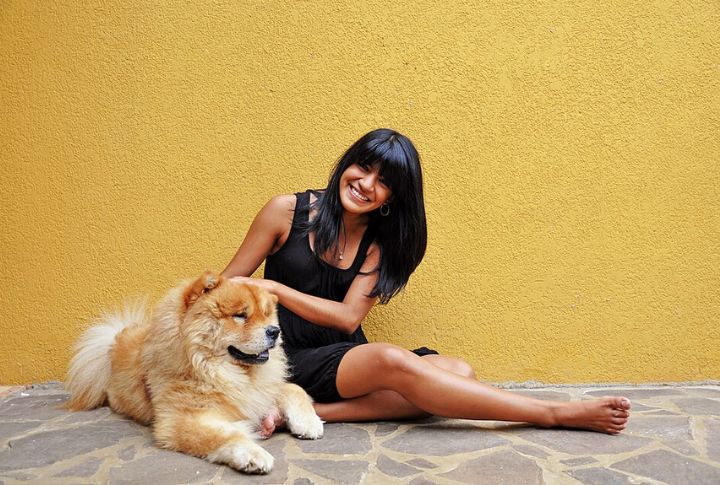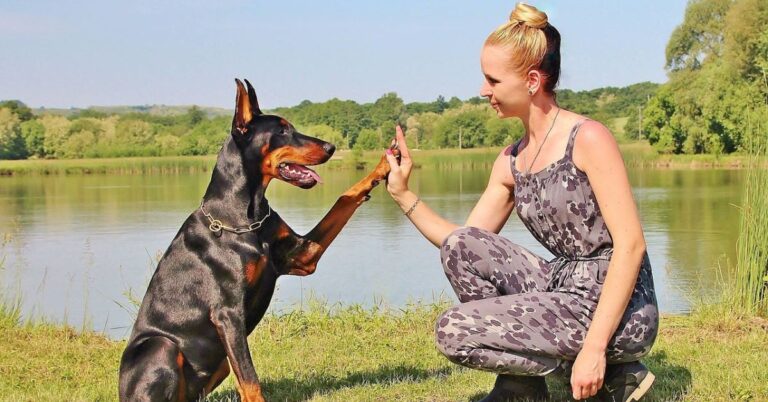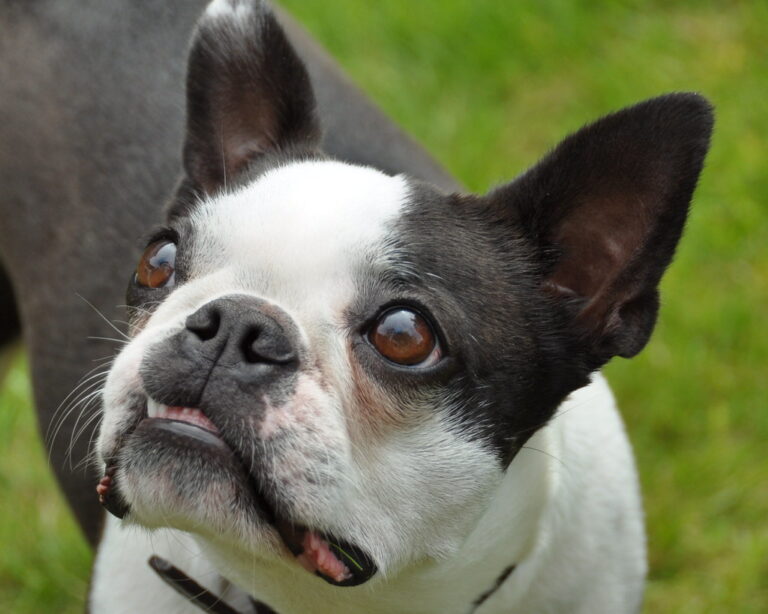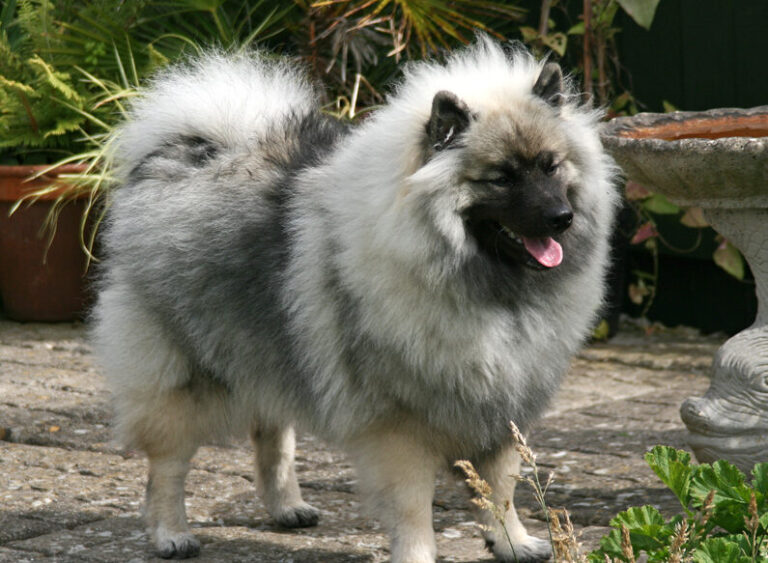Discover What Makes The Chow Chow Breed Unique

Behind the Chow Chow’s fluffy coat lies a bundle of facts that tell its story. These ten facts cover everything from its unique features to important health notes and its fascinating history. Discover what truly shapes this distinctive breed’s identity and charm.
Ancient Origins Trace Back To The Han Dynasty

Fossils and scrolls reveal the Chow Chow’s presence in Han Dynasty China, dating back more than 2,000 years. Bred to guard temples and hunt game, these versatile dogs earned their keep in ancient courts. Their legacy continues as one of the world’s oldest recognizable breeds.
Distinctive Blue-Black Tongue Sets Them Apart

What surprises most people about Chow Chows is their inky blue-black tongue—a trait nearly exclusive to the breed. At birth, puppies have pink tongues that darken as they mature. Historically, this coloring was seen as a mark of nobility and strength in Chinese folklore.
Characterized By A Stilted Gait And Straight Hind Legs

Few dogs walk quite like the Chow Chow. Their uniquely straight hind legs produce a stiff, stilted gait, giving the impression of a slow-motion march. While it adds to their noble poise, this structural feature can increase the risk of musculoskeletal complications over time.
Dense Double Coat Requires Regular Grooming

Fluffy but far from low-maintenance, the Chow Chow’s coat demands attention. There are two types—rough and smooth—each needing weekly brushing and occasional trimming. Neglecting this regimen may lead to mats or skin issues, particularly during shedding seasons in spring and fall.
Lifespan Influenced By Genetics And Care

While many Chow Chows live between 8 and 12 years, factors like high-quality nutrition, moderate exercise, and early vet screenings can extend their lives. A well-kept individual can live longer than expected, although longevity often hinges on genetic history and lifestyle consistency.
Prone To Specific Health Issues

Health concerns in this breed aren’t random. According to the Orthopedic Foundation for Animals, nearly half of the adult Chow Chows studied showed signs of elbow dysplasia. Proactive breeders screen for conditions like entropion, hip dysplasia, and autoimmune disorders to promote stronger, healthier lineages.
Aloof Yet Loyal Temperament

Chow Chows often won’t greet you with tail wags. Known for their independence, they form tight bonds with family but stay reserved with strangers. Their calm nature pairs well with consistency, making them ideal companions for experienced, confident handlers.
Recognized By The American Kennel Club Since 1903

Back in 1903, the American Kennel Club officially added the Chow Chow to its registry, acknowledging its established pedigree. Today, they belong to the Non-Sporting Group, a classification reflecting their unique temperament, build, and diverse historical roles beyond any single working category.
Unique Appearance Includes A Curled Tail

A lion-like ruff surrounds the face, but it’s that thick curled tail arching proudly over the back that completes Chow Chow’s striking image. Combine that with deep-set almond eyes and a serious expression, and you’ve got a breed that always commands a second look.
Queen Victoria Played A Role In Popularizing The Breed

Chow Chows gained popularity in 19th-century Britain, in part thanks to Queen Victoria’s fascination with exotic animals. Her interest spurred public curiosity, and the breed soon appeared in European dog shows. That royal association helped propel its status outside of China.





